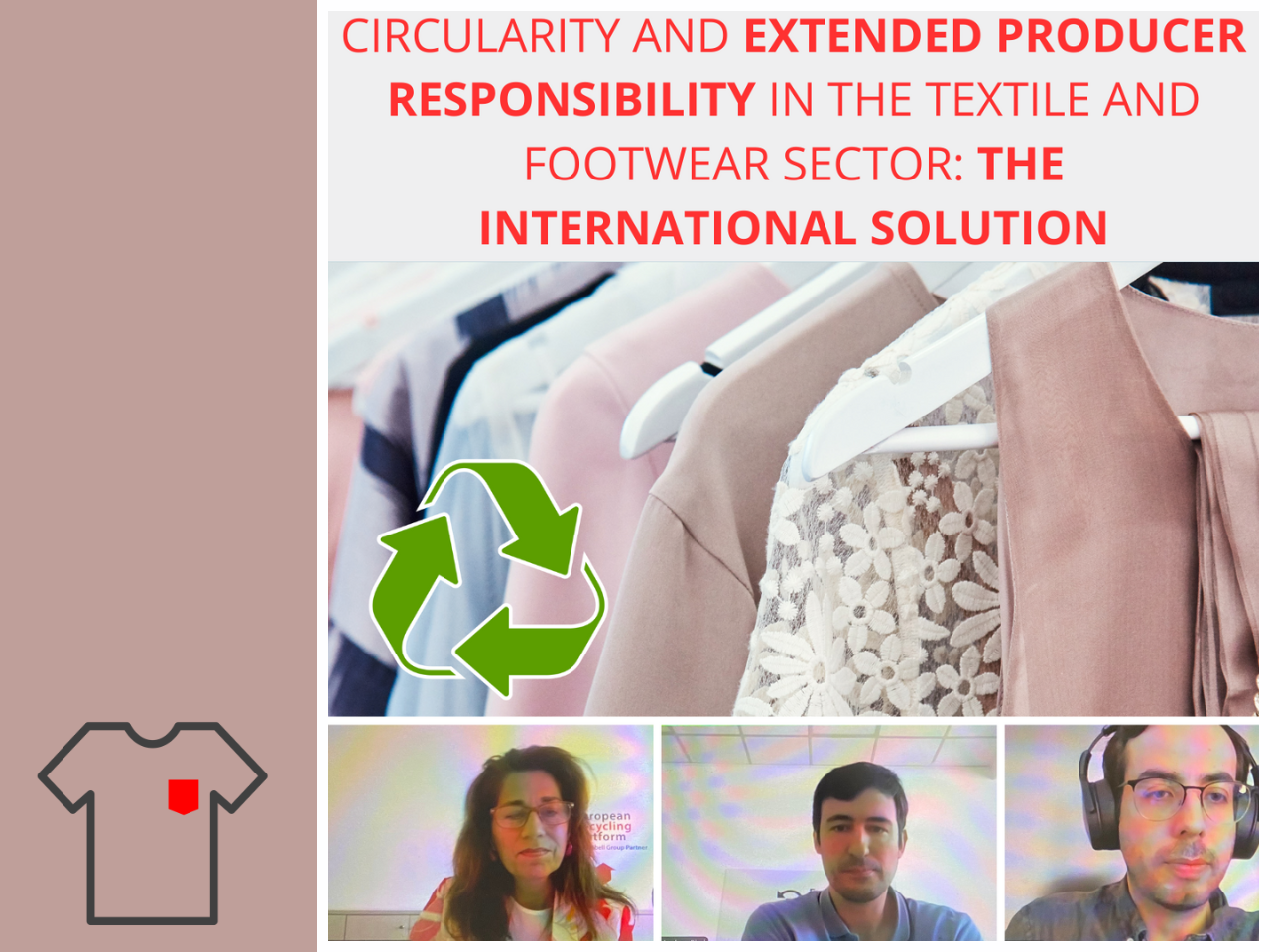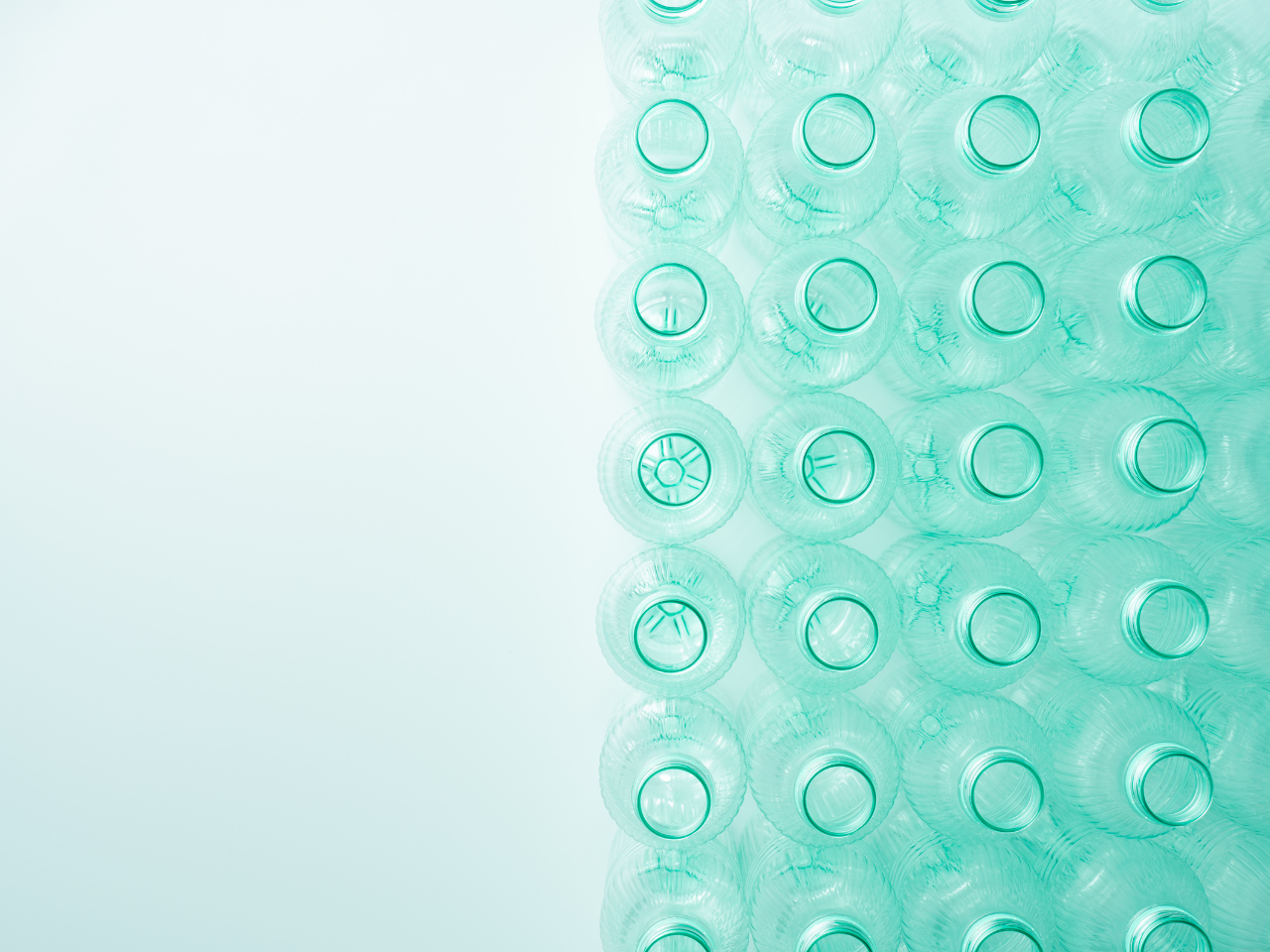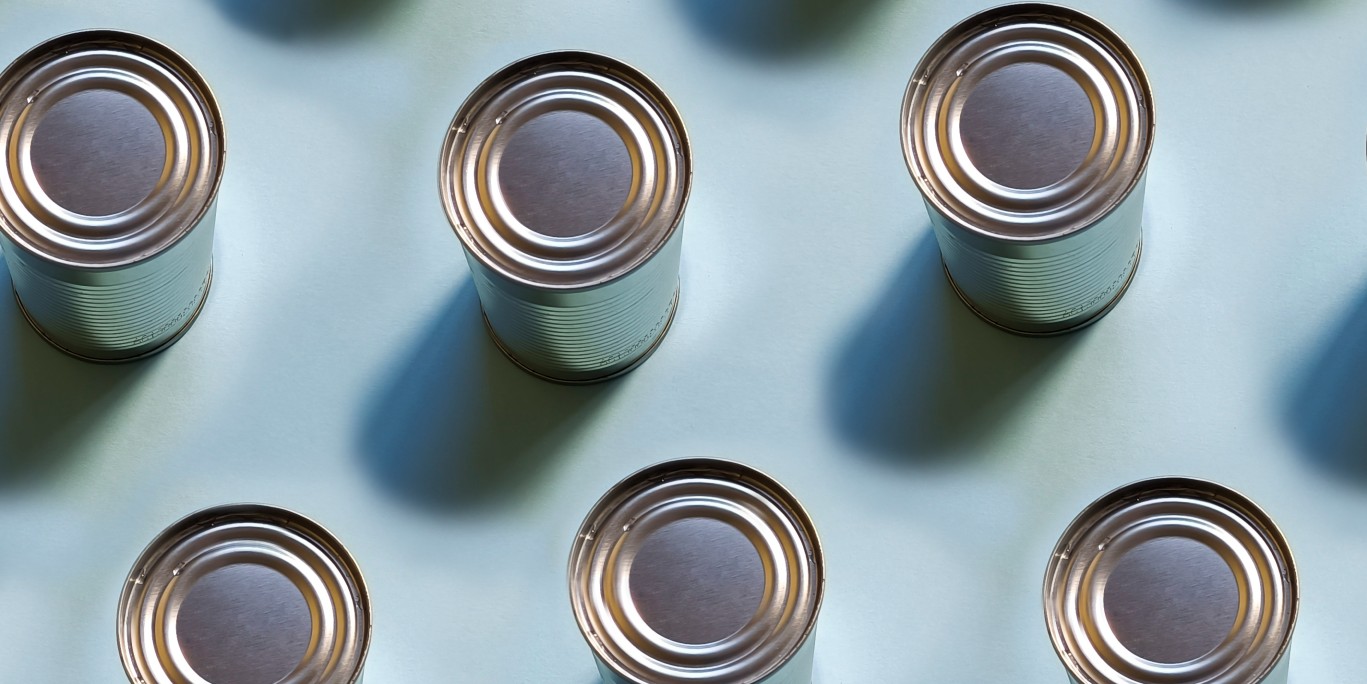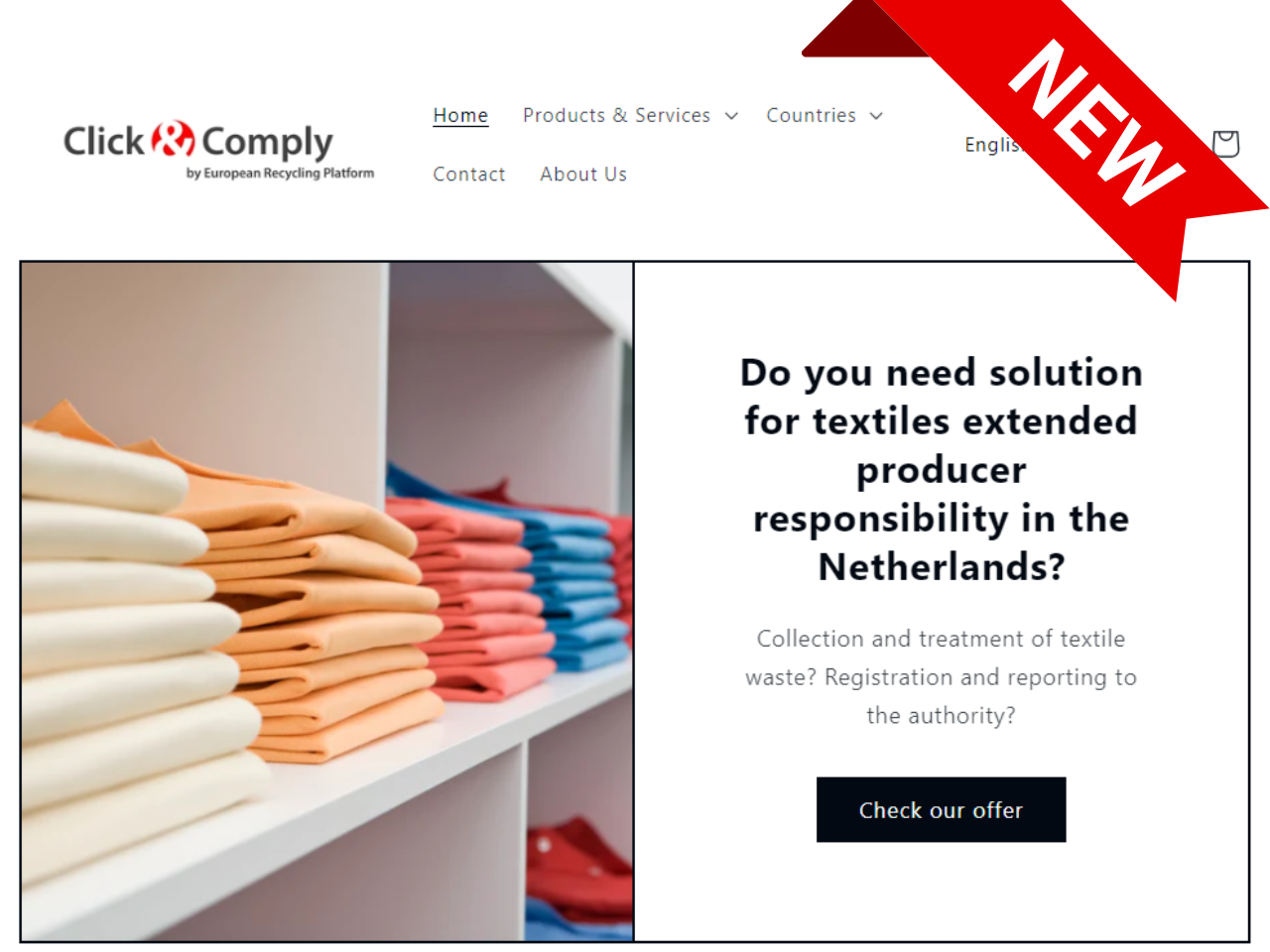What are the latest developments? We’ve picked out some highlights for April 2024:
PPWR: more legislative progress made
Waste Framework Directive: update on textiles
Directive on empowering consumers for the green transition: entry into force
WEEE collection targets: German study analyses EU performance
PPWR: more legislative progress made
Following the political agreement reached in the trilogue negotiations between the European Parliament, Council and Commission on 4 March, the new Packaging and Packaging Waste Regulation (PPWR) has taken further steps towards implementation.
On 15 March, the Permanent Representatives Committee of the Council of the European Union discussed the file.
In the meeting, Member State ambassadors confirmed the trilogue outcome, paving the way for formal adoption at one of the next ministerial summits at the Environment Council.
In parallel, the European Parliament is in the process of confirming the provisional agreement.
The first step was the vote in the Environment Committee, where the agreement was approved with 63 votes in favour, 9 against and 0 abstentions.
The plenary vote is scheduled for 22 April.
After endorsement by Council and Parliament, the PPWR will then be published in the Official Journal of the European Union.
The first provisions of the Regulation will apply after an 18-month implementation period.
Waste Framework Directive: update on textiles
On 13 March, the European Parliament adopted its position on the Commission’s proposal for a revision of the Waste Framework Directive (WFD), which aims to prevent and reduce food and textile waste across the European Union.
The vote passed the plenary in the first reading with 514 votes in favour, 20 against and 91 abstentions.
The Parliament’s position envisions EU-wide extended producer responsibility (EPR) for textiles to promote sustainable textiles and textile waste management in accordance with the waste hierarchy.
Through EPR schemes, producers that sell textiles in the EU would have to cover the costs of collecting, sorting, and recycling.
The Parliament also proposes that Member States set up these EPR schemes 18 months after the entry into force of the Directive, whereas the European Commission had proposed 30 months.
The new EPR rules will cover products such as clothing and accessories, blankets, bed linen, curtains, hats, footwear, mattresses and carpets.
It will also include products containing textile-related materials such as leather, composition leather, rubber or plastic.
The WFD was also discussed at the last Environment Council on 25 March.
In the coming months, the Council will continue to prepare its negotiating mandate with the intention to enter into trilogue negotiations once the new European Commission and Parliament take office in the second half of 2024.
Directive on empowering consumers for the green transition: entry into force
On 20 February, the Directive on empowering consumers for the green transition reached the final stage of the decision-making process and received approval by the European Parliament and Council.
On 6 March, the Directive was published in the Official Journal and entered into force on 26 March.
The Directive aims to ban greenwashing and misleading product information, enabling consumers to make informed choices, and thus contribute to the EU’s climate and environmental objectives.
The Directive covers all sustainability claims in commercial business-to-consumer communications, relating to a product, service, company or brand.
In future, these claims will have to be adequately substantiated by a feasible implementation plan and verifiable targets.
Restrictions will also apply to labelling schemes.
Sustainability labels that are not based on a certification scheme or are not established by public authorities will be prohibited as unfair commercial practices.
In addition to promoting transparency for consumers, the Directive will also have an impact on producers who will have to increase the credibility and verifiability of their claims and labels.
Member States now have 24 months to transpose the new rules into national law.
WEEE collection targets: German study analyses EU performance
Electronic waste is still a swiftly growing waste stream in Europe.
In 2019, to tackle the pressing challenge, the EU set the collection target for waste electrical and electronic equipment (WEEE) to 65%.
A recent study from the German Statistical Office reveals the collection performance of European countries for e-waste.
Germany, for example, has not met the collection target in recent years and the target gap is widening, prompting a debate on the reasons why.
One reason is the direct connection between the collection target and the increased sale of new electronic devices: put simply, more products put on the market increases the volume of waste products that need to be collected.
Photovoltaic (PV) modules also play a factor, since their rapid deployment significantly increases the weight of products being put on the market.
For example, from 2019 to 2021, over 350,000 tonnes of PV devices were registered in Germany.
However, due to their long lifespan, the number of PV modules available for collection is significantly lower than the target’s ambitions.
With the goal of increasing collection volumes, the German Ministry for the Environment is currently working on an amendment to the Electrical and Electronic Devices Act (Elektronikgerätegesetz).
A draft amendment is due to be presented in the first semester of 2024.
Sign up for our monthly
report COMPASS here:
Your email











